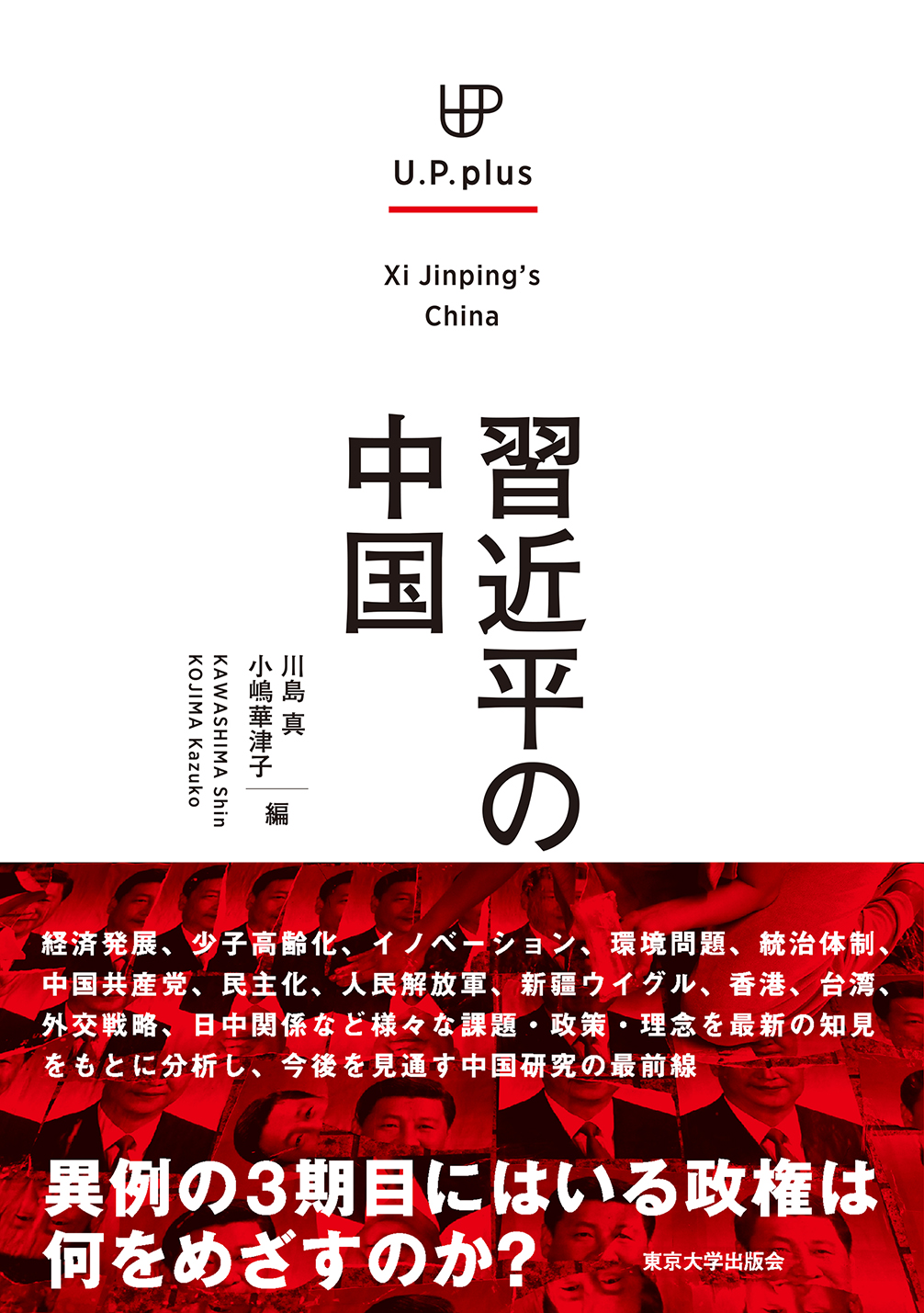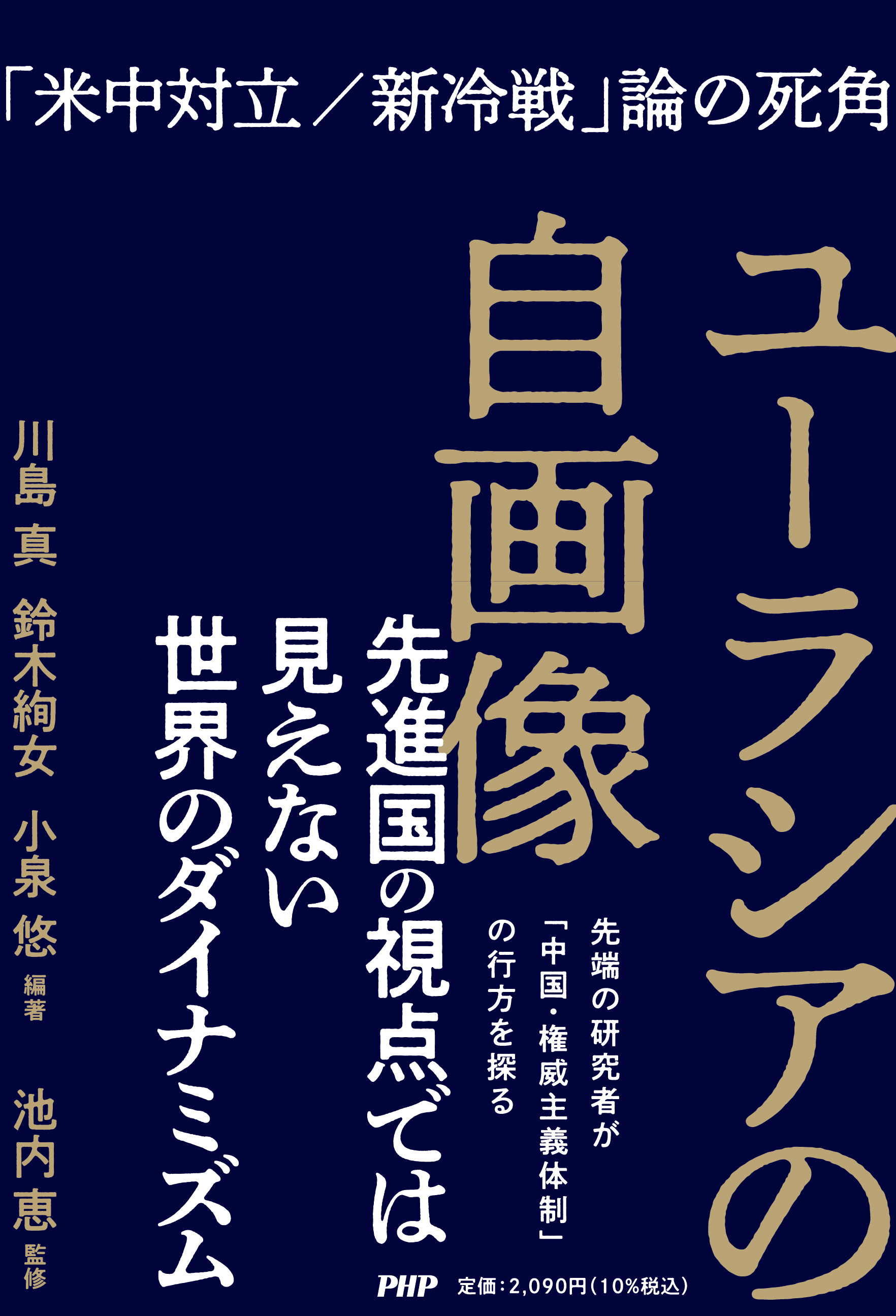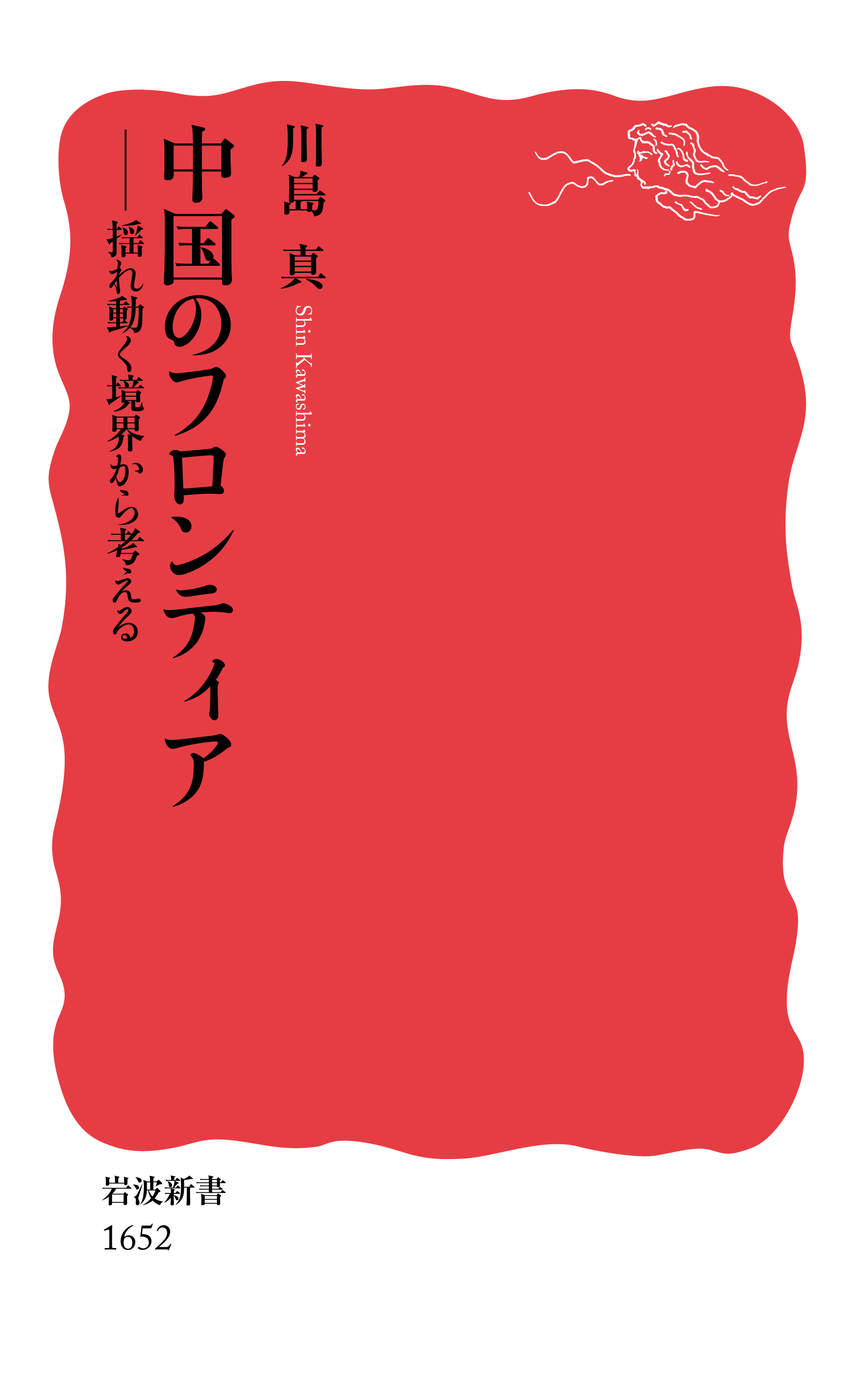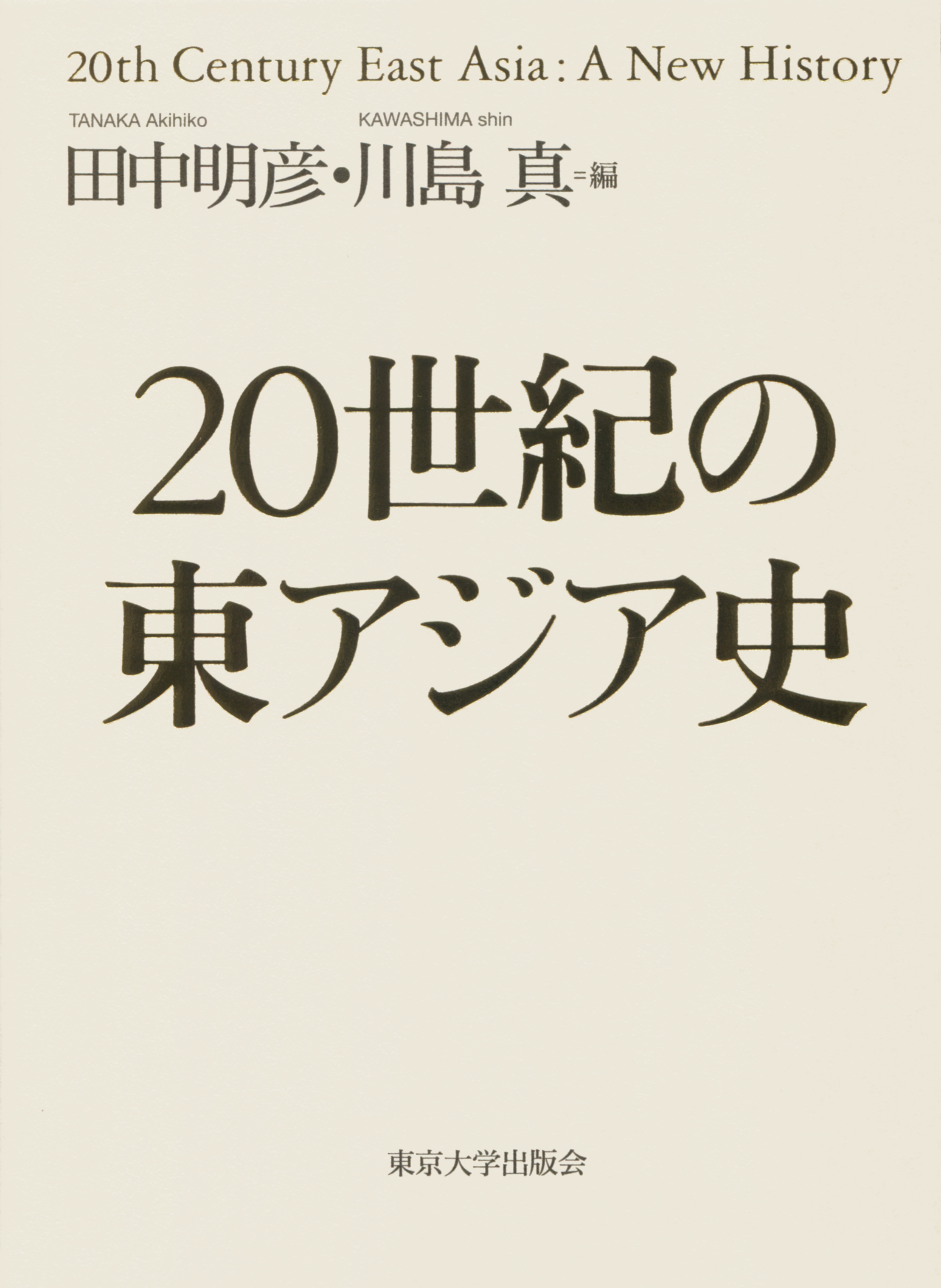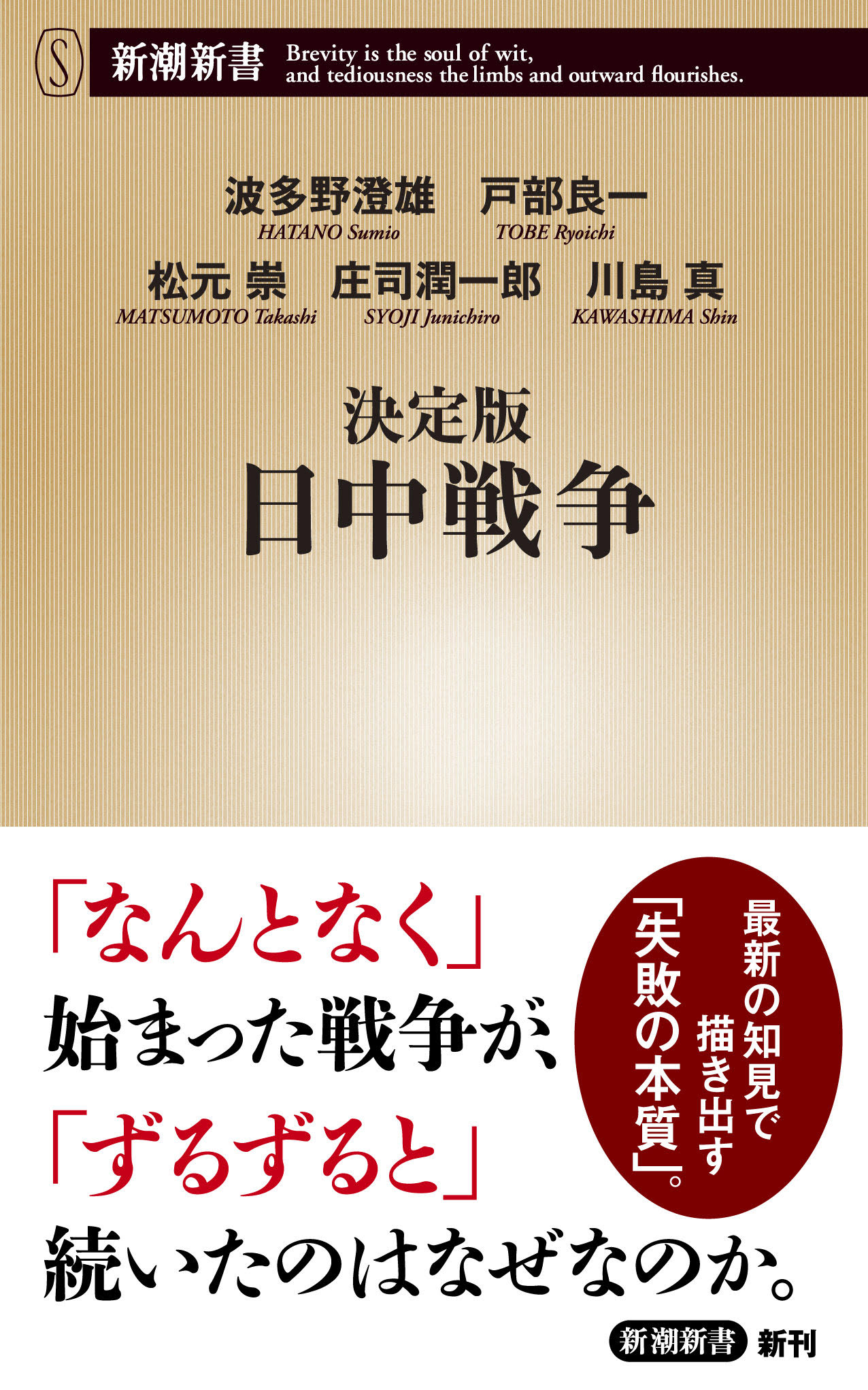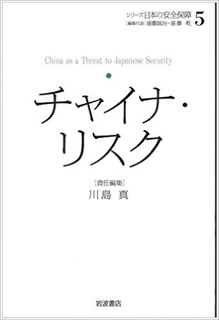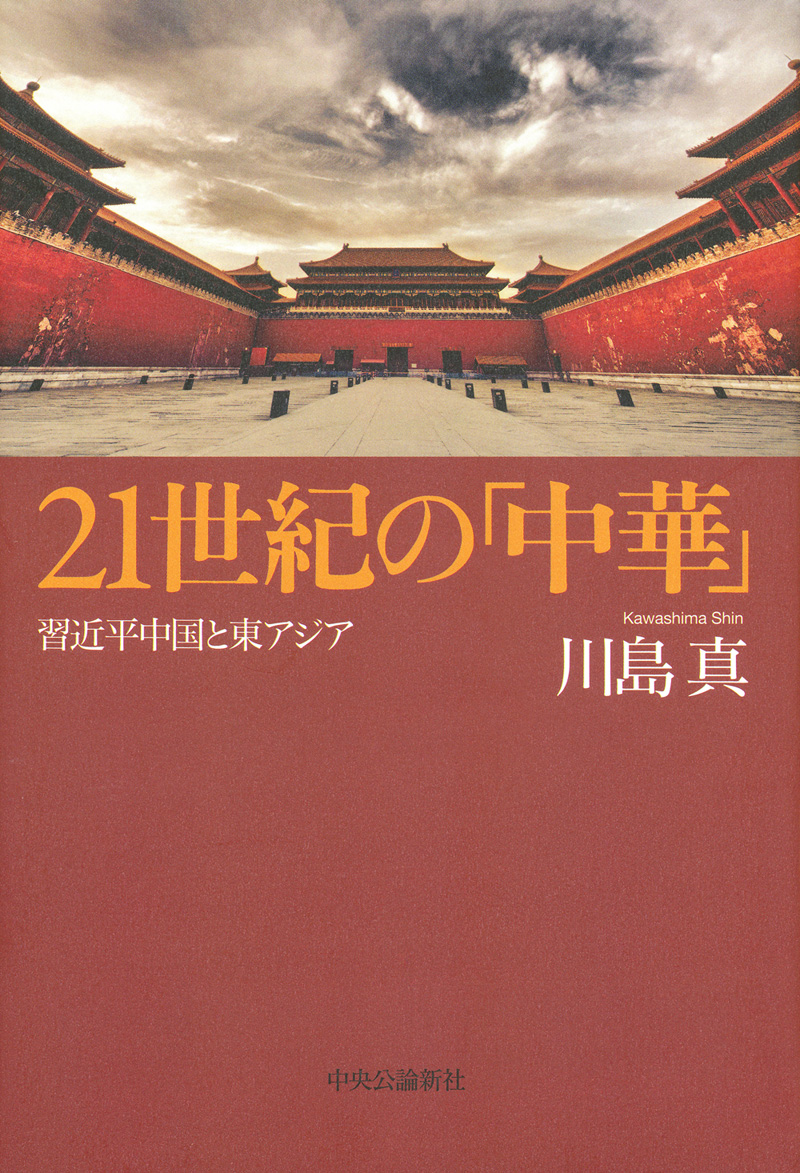
Title
21-seiki no “Chuka” (“China” in the 21st Century - Xi Jinping’s China & East Asia)
Size
344 pages, 127x188mm
Language
Japanese
Released
November 09, 2016
ISBN
978-4-12-004906-4
Published by
CHUOKORON-SHINSHA Inc.
Book Info
See Book Availability at Library
Japanese Page
This book puts together, in chronological order, editorials published by the author from 2012 to 2016, from the time of the switchover from the Hu Jintao administration to that of Xi Jinping and the first half of the latter’s tenure. This publication may be described as a companion work to “China’s Frontiers: Considered from Fluctuating Borders (Iwanami Shoten, 2017)”, a book with editorials from the closing days of the Hu Jintao administration. Reading both publications together should allow the reader to vicariously experience the impressions and sentiments of the period extending from the latter half of the Hu Jintao administration through the first half of the Xi Jinping administration. One distinguishing characteristic of this book is the part where it seems that the author’s analysis at the time was erroneous, but has been retained without revision, with explanations how the mistake was made.
This book is not one of academic theory, rather, it is a collection of short pieces that were written mainly with the general public in mind and as such might not necessarily possesses academic significance. However, if there are any social implications, they are likely to be as follows. Firstly, readers will be able to see how analysts perceived the matters when the Xi Jinping administration began and how those perceptions have changed since then. In general, once the assessment of a person or event is set, historically speaking, that person or event then begins to be viewed in a manner that conforms to the initial assessment. However, there have also been several instances from this period where this is not the case. This analysis is only the opinion of a single researcher, but also reflects, to a certain degree, how the China was viewed during this period. Secondly, there is also the matter of what has been analyzed becomes a problematic issue or a debatable point. This would include territorial disputes, and issues of how history is perceived and understood. While these points have long been up for debate, the particular aspects receiving focus have actually changed. Further, looking back, it appears that many points ultimately did not actually turn into problematic issues even though they seemed to be so at the time. Understanding these problems and their role in greater matters creates a foundation for approaching and accessing the past.
At the 19th National Congress of the Chinese Communist Party in 2017, Xi Jinping established the goal of overtaking the United States, in order to “restore the greatness of the Chinese people.” Around this time, China began adopting a confrontational stance towards the United States, but then the US had adopted the same position towards China at the end of the Obama administration. Such hardened positions have led to the so-called United States-China confrontation. However, this development was not predicted in 2012, the time of the Xi Jinping first took over. On the contrary, it was not known whether the new administration would display powerful leadership or not. It is my hope that this book will help the reader to view the overall outline of the Xi Jinping administration, including instances being shared where the initial analysis missed the mark in terms expectations and predictions, and will result in the reader gaining better knowledge and perception of China and the Xi Jinping administration during that period.
(Written by KAWASHIMA Shin, Professor, Network for Education and Research on Asia / 2021)



 Find a book
Find a book


